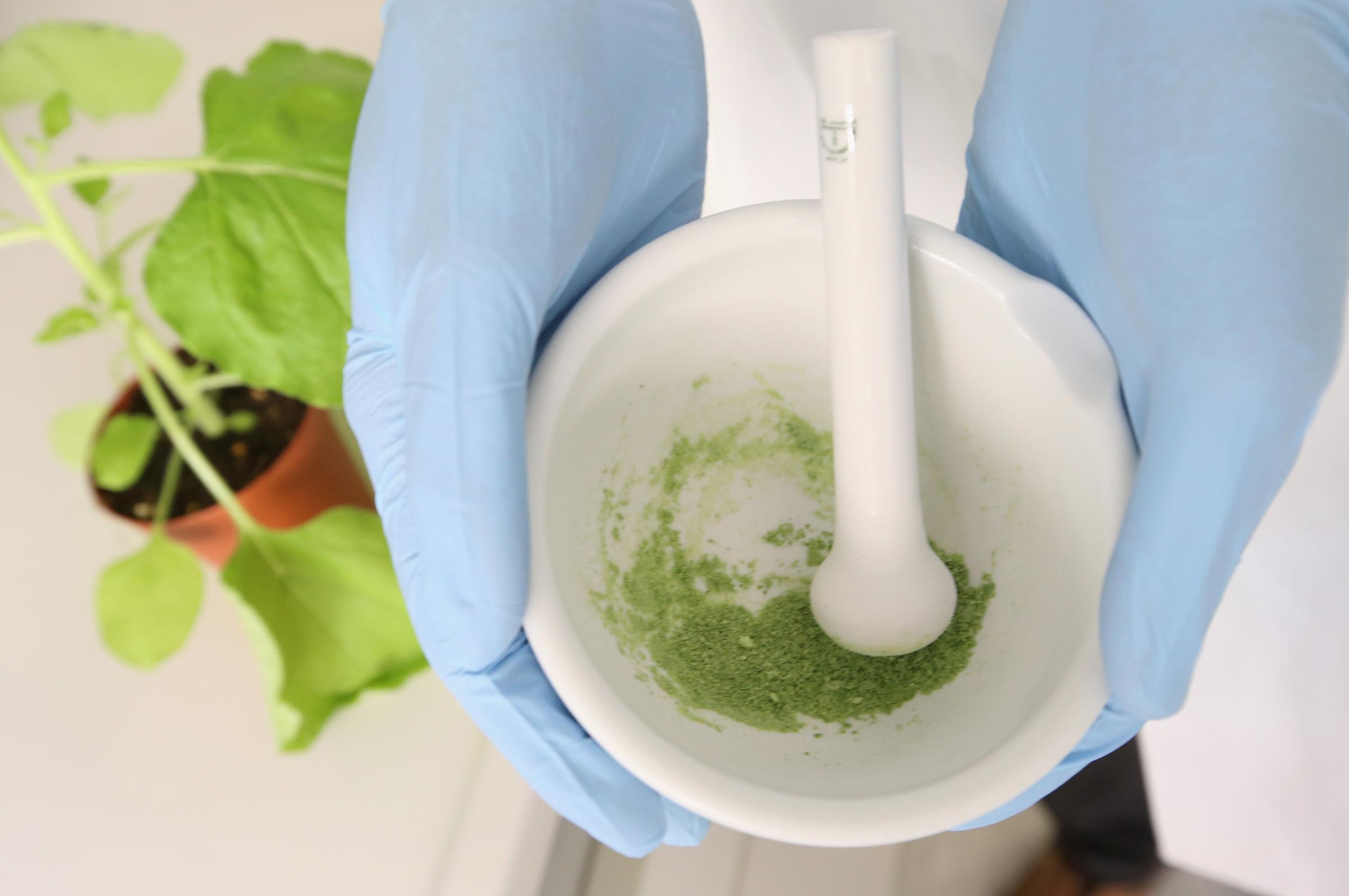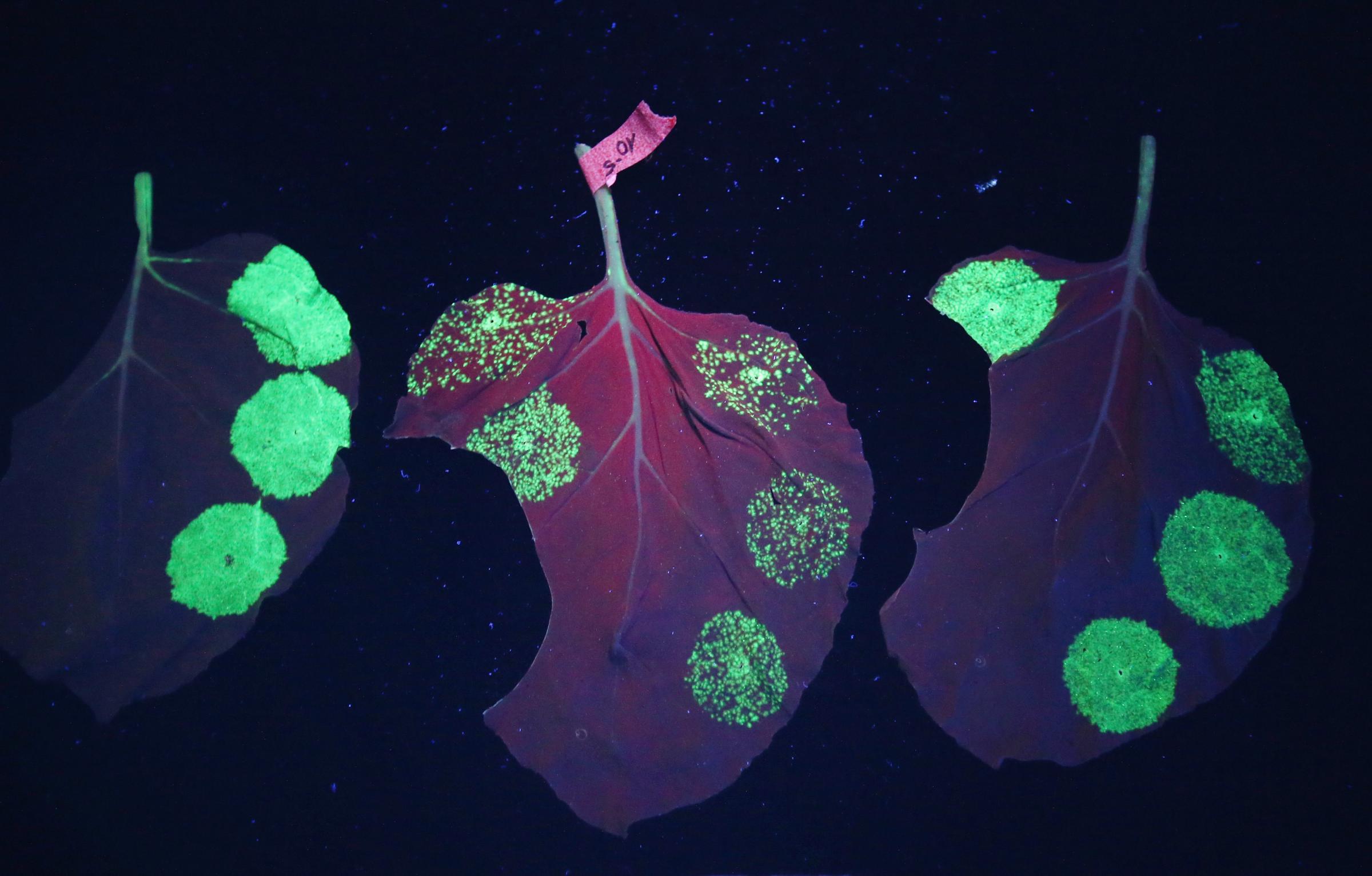A man seen assisting an Ebola patient board a plane in Dallas this week without wearing any kind of protective gear has sparked further concerns about safety protocols in regard to containing the virus.
In news footage above aired by NBC, the unidentified man can be seen helping with the transfer of Ebola patient Amber Vinson at Dallas’ Love Field airfield, who was being taken to Emory University Hospital in Atlanta by private jet following her recent diagnosis.
It is unclear from the footage how much, if any, risk the man was in: Ebola is spread through contact with bodily fluids and is not an airborne disease. The man also does not appear to have been directly touching Vinson, who was herself wearing protective gear to contain the spread of the virus alongside four other people in hazmat suits.
Still, the footage arrives amid great concern over how the virus has spread despite the safety precautions at Dallas’ Texas Health Presbyterian Hospital. Vinson, 29, is the second Texas health worker to have been diagnosed with the often deadly virus in the U.S. She, like 26-year-old nurse Nina Pham before her, helped care for and had “extensive contact with” Thomas Eric Duncan, who died from Ebola earlier this month. A nurses union has criticized the hospital for failing to put safety protocols in place.
The ambulance service that took Vinson to the airport said the man, who boarded the plane, is likely part of the the flight’s air crew, NBC reports.
[NBC]
See The Tobacco Leaves That Could Cure Ebola






More Must-Reads from TIME
- Donald Trump Is TIME's 2024 Person of the Year
- Why We Chose Trump as Person of the Year
- Is Intermittent Fasting Good or Bad for You?
- The 100 Must-Read Books of 2024
- The 20 Best Christmas TV Episodes
- Column: If Optimism Feels Ridiculous Now, Try Hope
- The Future of Climate Action Is Trade Policy
- Merle Bombardieri Is Helping People Make the Baby Decision
Write to Nolan Feeney at nolan.feeney@time.com